Anyway, as I said, it was warm and sunny when I left San Francisco... I found Purisima Creek shrouded in fog and mist. I showed up wearing a light t-shirt, and no jacket. After living here for 40 years, I should know better. But it was fine. I warmed up quickly; the trails run up and down the sides of coastal mountains. Had it not been obscured by fog I would have seen the ocean today.
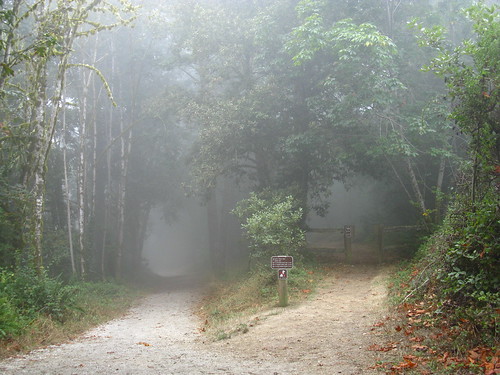
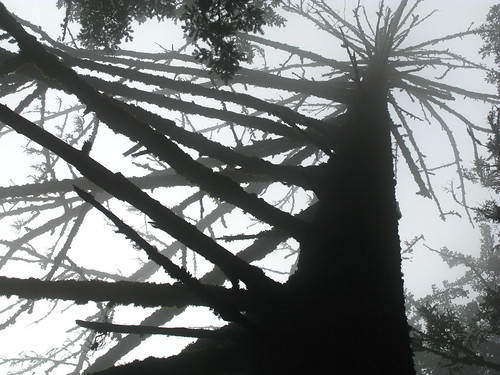
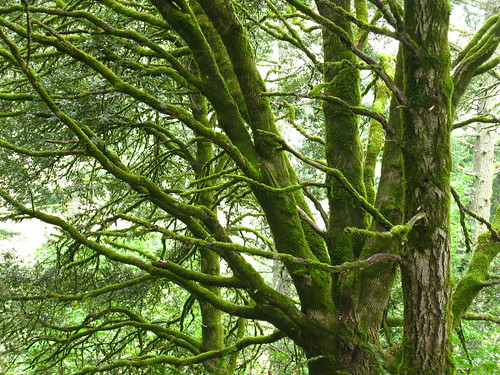

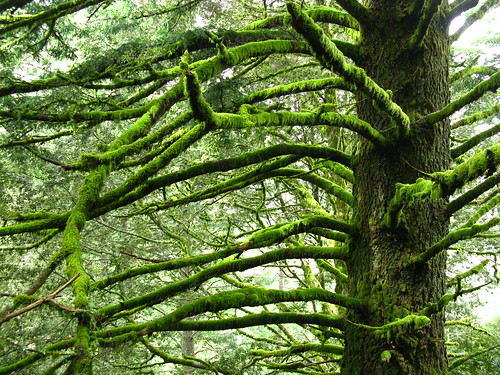

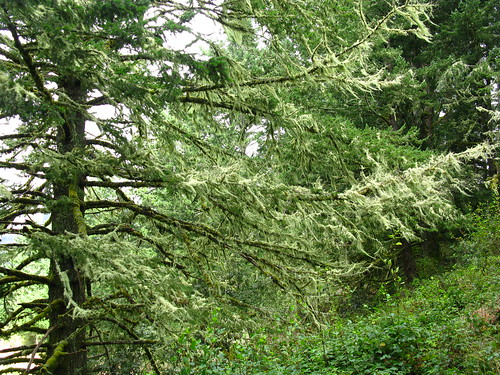

The weather gave the woods a haunted feeling. As in, haunted by ghosts. Being startled by a buck staring at me from 20 yards augmented that feeling. I'm not scared of ghosts, which I do not even believe in. (Because no such things exist.) Regardless, I want to document that there was a haunted feeling in the woods today.



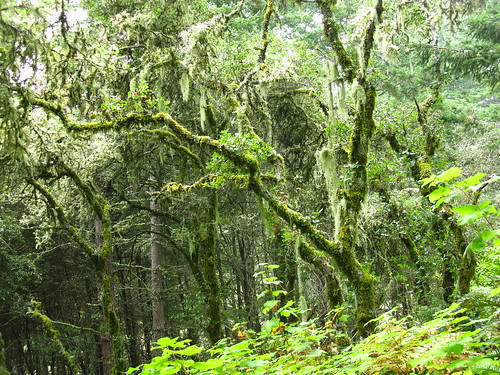
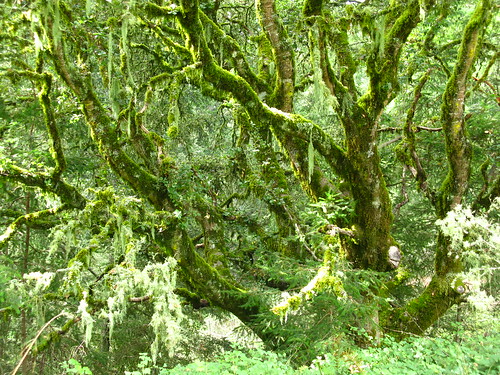
I was in no hurry so I dallied and did not commit to finishing any loop that I started. I turned back when I didn't want to walk down any too-steep hills that I would later have to walk back up. Nor did I feel like walking on any exposed, windy ridges without a jacket. I stayed in the woods and ventured fourth on three or four trails. I tend to look at the big picture going forward, and the small things coming back.
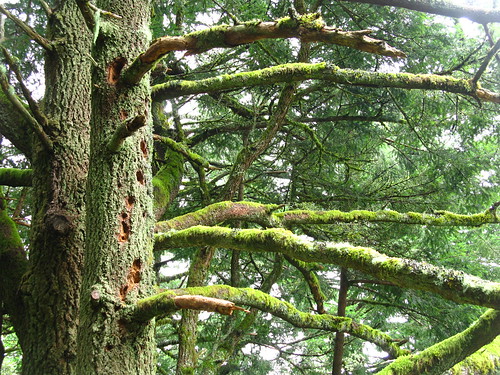


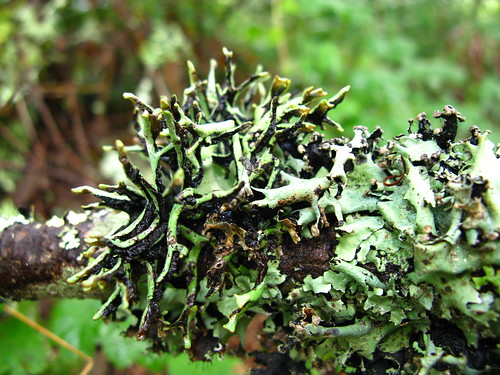
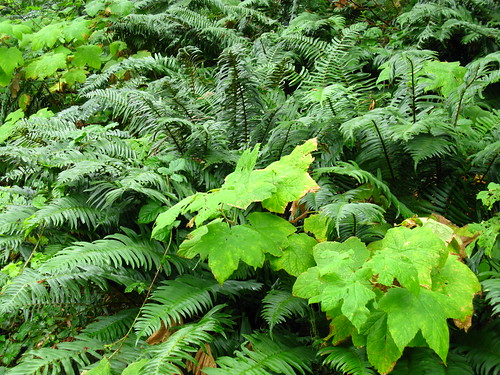
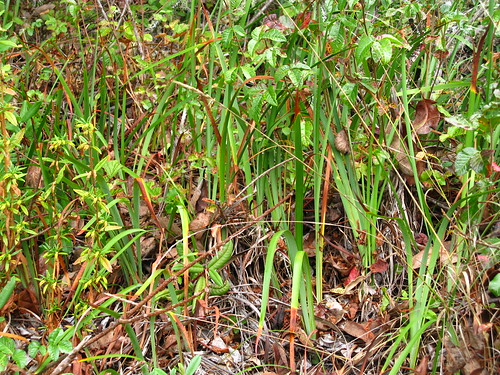

Ground-nesting yellow jackets typically belong to the genus Vespula in the family Vespidae. All stinging insects belong to the order Hymenoptera which includes bees, wasps, and ants. Hymenoptera venoms kill more people than the venoms of any other venomous animal in the world--as many as 100 people die from it every year in the US. That's remarkable because I know 15-20 thousand people die every year from snake venom in India. How many more people have to die from bees and wasps to make Hymenoptera venom the most deadly? I don't know.

Yellow jacket venom is different than bee venom. Bee venom primarily contains a polypeptide 26 amino acids long named melittin. Melittin stimulates phospholipases of type A2, a family of enzymes that hydrolyze the middle ester of a phosphoglyceride, triggering a potentially serious inflammatory cascade. Yellow jacket venom contains phospholipases themselves and a variety of other polypeptides and small molecules that initiate inflammatory responses from white blood cells.
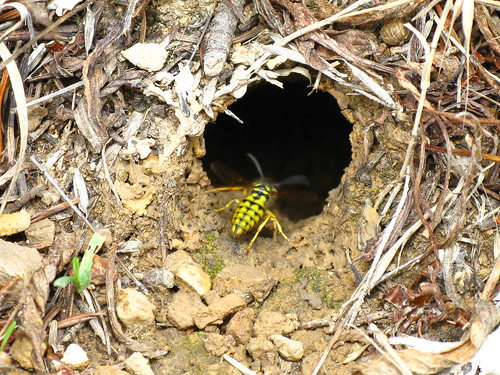
Fortunately, I have never been stung by any stinging insects from the order Hymenoptera. Or bitten by any snakes. I've never even had poison oak. And I ain't afraid of no ghosts.

5 comments:
I also do not put much stock in ghosts but will concede, if a woods were haunted, it would be these shown in your photos. And I must say that is the sexiest explication of amino chain/venom triggering I've come across. I'm saving up your post on edible Cal natives to peruse with a bigger chunk of time. Great posts!
There's something amusing about how you managed to fit both a denial of the existence of ghosts and an insect-venom chemistry lesson into a single entry on a garden blog, which one might not expect to contain either of those things.
I've been stung by honeybees, bumblebees, and gall wasps, and I've had poison oak. I definitely can't recommend any of those experiences, but I'm still pretty sure a rattlesnake bite would be even worse.
I will neither deny nor confirm the existance of ghosts, but I will state the the sting from wasps and hornets is much more painful that those from bees. At least with honeybees, I find a small endorphine release after the sting, no such consolation from wasps.
These woods look like a remarkable place, and I love the moss covering the branches.
Between the ghostly trees and the venom talk, this was a very Halloween-esque post. Reminds me to take a walk in the woods...
BTW-the white "eyeball"-looking flowers remind me of the pearly everlasting (Anaphalis margaritacea). Same family?
Post a Comment